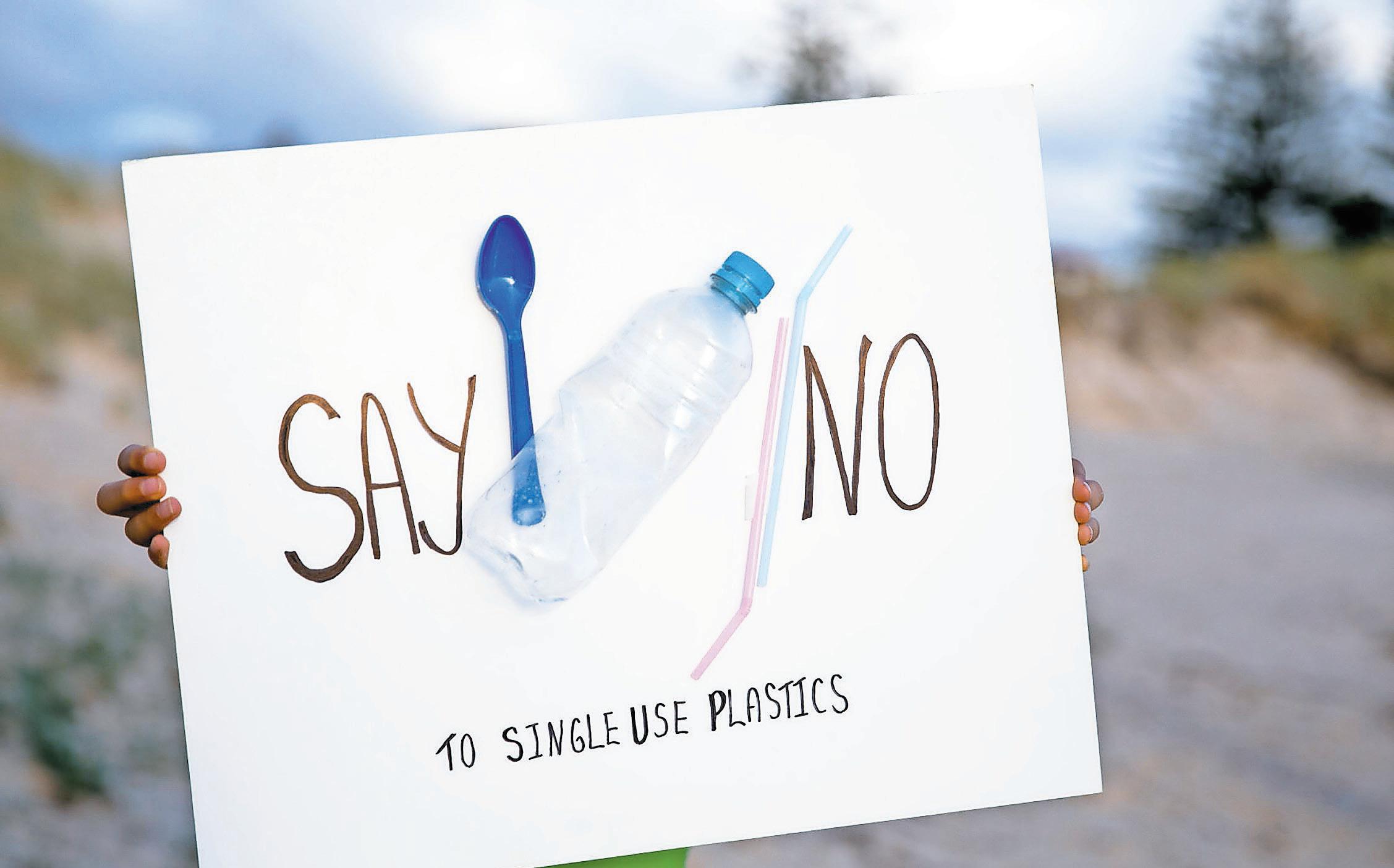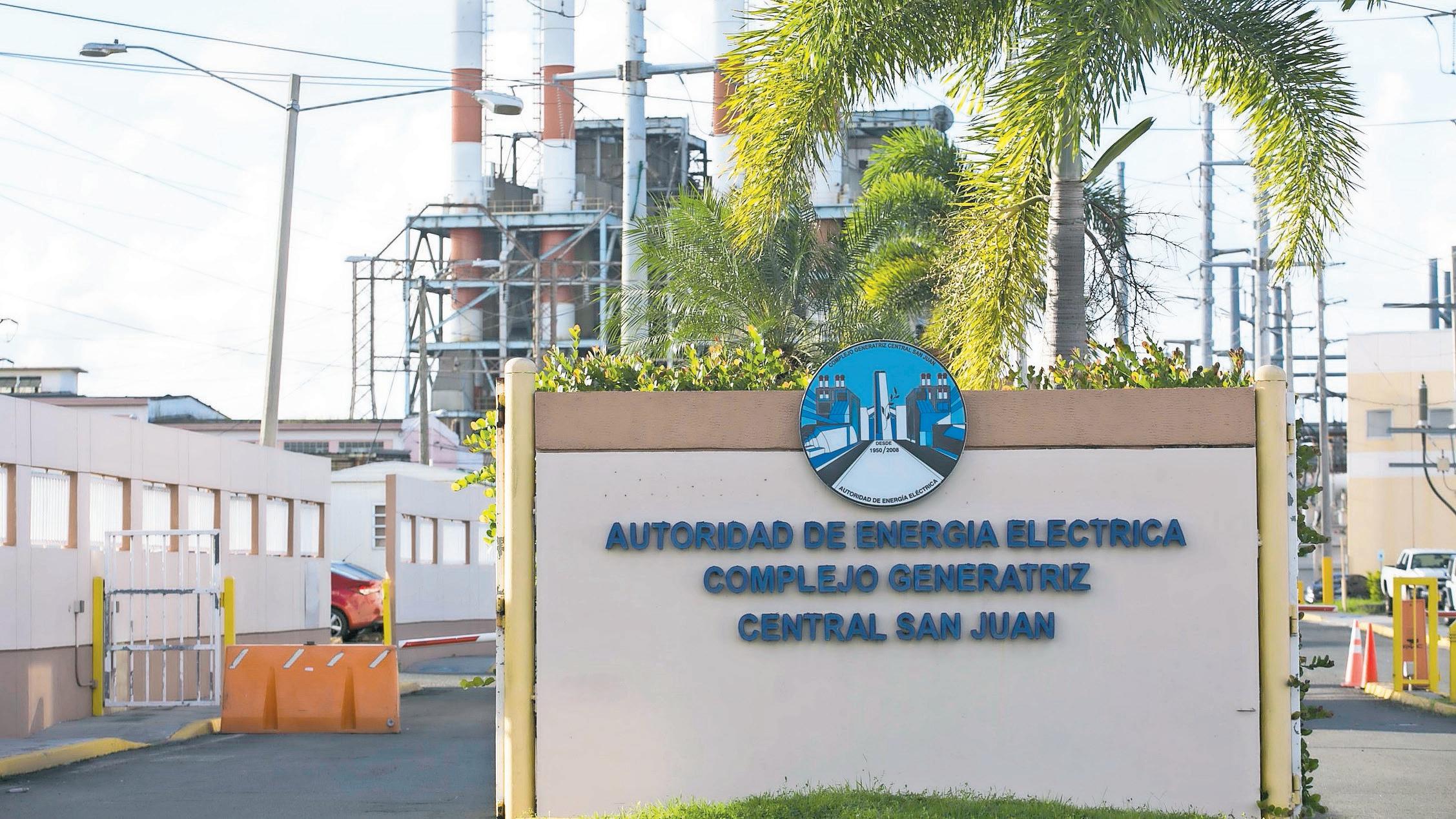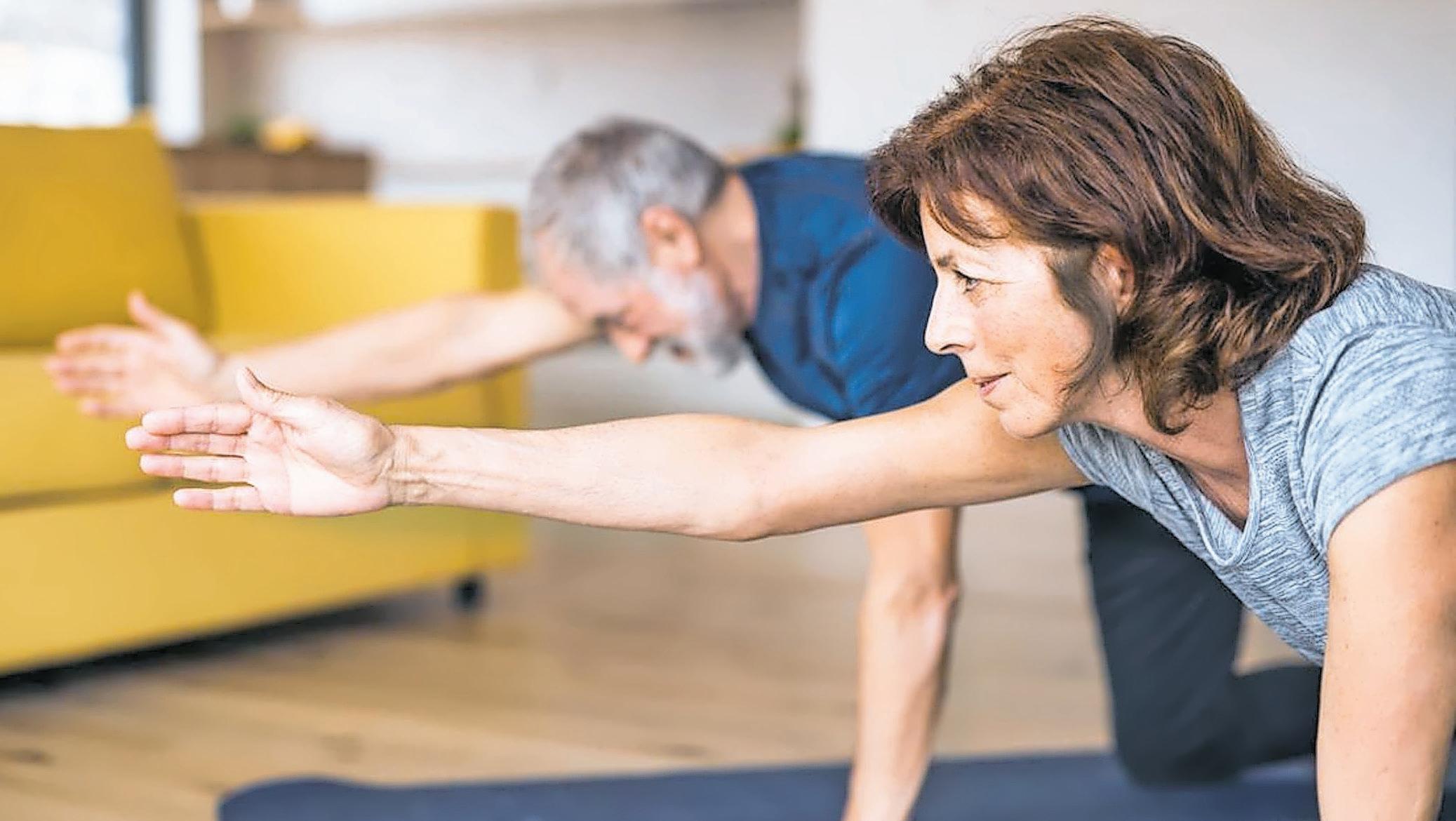
14 minute read
Banning singLe- use PLastics under evaLuation
Lawmakers Evaluate Prohibiting the Sale and Use of Plastic Products in Establishments
Advertisement
THE WEEKLY JOURNAL Staff
Typical plastics that are used in restaurants, fast foods and other establishments are straws, forks, knives, spoons and plates, as well as takeaway containers. Unfortunately, these items often end up in Puerto Rico’s bodies of water and already overfilled garbage sites.
Now, the Puerto Rico House Natural Resources
Commission, chaired by Rep. Edgardo Feliciano
Sánchez, is holding public hearings to evaluate House Bill 688, which has the main purpose of prohibiting the use of plastics in all types of businesses on the island. “It is important to do everything in our power to avoid environmental contamination. I have not seen any aggressive media campaign in years to conserve our bodies of water. Our people need information so that they can see the damage caused by leaving this material in bodies of water,” said Feliciano. He also recommended the island’s Department of Natural Resources (DNER by its Spanish acronym), to carry out an educational campaign so that people are aware that they have to prevent environmental pollution as much as possible. According to the measure, so called single-use plastic products include plates, straws, utensils, cups and food containers made up of polystyrene re made for immediate consumption or for takeout. As a result of the proliferation of these products, the bill states that the major problem with is that all this plastic contributes significantly to the contamination of the environment, as the products are not compostable and negatively affected the recycling of conventional plastic. Worldwide, the rate of recycling is only 14 percent, which means that the other 86 percent that remains is going to landfills and bodies of water. Puerto Rico’s rate of recycling is reported to be even lower than the worldwide average.
Multiple countries worldwide have already taken similar measures. The European Union adopted a legislation to ban plastics starting on 2022. Several Caribbean islands are also banning these materials.
DNER Special Assistant Samuel Acosta supported the measure as he said it would be positive for the environment: “The DNER considers that the measure is good for the environment and it helps us to have a better Puerto Rico. That’s why we endorse it,” he stated. Acosta also recommended that the idea should be referred to the Department of Justice for a constitutional analysis with regard to the Commerce Clause, which is included in the United States Constitution that “gives the power to Congress to regulate interstate commerce such as the sale, purchase or exchange of merchandise, or the transportation of people, money or goods between different states.” Rep. María Nogales Molinelli, said: “We could move from plastic to cardboard. Single-use plastic, it is so clearly obvious, is one of the fist items we must eliminate. We should start eliminating it, but let’s go on with more. We are going to go for more because we are running out of time in the archipelago, landfill spaces and food resources in Puerto Rico,” said the representative. Nogales also stated that she is in favor of the bill, but thinks that for more input, another public hearing should be held with those who have knowledge in these topics, so that they can give their opinions, and so that the measure can have better possibilities of a positive implementation. When the hearing ended, Feliciano agreed and said another hearing would be held to continue evaluating the measure.
Attorneys Patrick Parenteau and Rachel Stevens,
Vermont Law School
Puerto Rico has a Once-in-a-Lifetime Chance to Build a Clean Energy Grid
The Biden Administration has a once-in-a-lifetime opportunity to help Puerto Rico transition to a greener and more resilient energy future, but it’s on the verge of making a multi-billion-dollar mistake.
Since Hurricane Maria devastated Puerto Rico in 2017, many residents and environmental advocates have called for new clean energy sources for the island. Currently, Puerto Rico gets more than 97% of its electricity from imported fossil fuel. Power is expensive and unreliable.
Puerto Rico adopted laws that called for generating 15% of its electricity from renewable sources by 2020, 40% by 2025, 60% by 2040 and 100% by 2050. But the Federal Emergency Management Agency (FEMA) , which controls relief funding for the island, appears ready to underwrite a rebuild of the old fossil fuel system.
As environmental lawyers and professors of law, we are surprised to see FEMA move forward on a path that runs directly counter to the White House’s energy and climate policy. President Joe Biden has called for a governmentwide approach that promotes clean energy, protects public health and the environment, and advances environmental justice.
In our view, FEMA’s actions don’t support those goals. They also ignore legal requirements for federal agencies to carefully weigh the environmental impacts of major actions.
Rebuild or replace with a more resilient green system?
In September 2017, Hurricane Maria struck Puerto Rico with sustained winds of 155 mph. It tore a diagonal 100-mile swath across the island, demolishing tens of thousands of homes and washing away roads and bridges. The storm toppled transmission and cell towers, snapped concrete power poles, battered power plants and plunged the island into darkness. It killed an estimated 3,000 people and caused over $90 billion in damages.
In response, Congress authorized some $23 billion in disaster aid, including at least $10 billion to restore or replace Puerto Rico’s electricity grid. It also passed the Disaster Recovery Reform Act to promote a more flexible energy system that could withstand and recover quickly from climate disruptions.
FEMA, which administers the funds, has allocated $9.4 billion for rebuilding Puerto Rico’s electricity system and will start approving projects after it receives more details explaining how the work will be performed. So far, none of this money has been earmarked for renewable power, except for a small sum to repair a hydroelectric dam that provides less than 1% of the island’s power.
The organizations making decisions in Puerto Rico are the Commonwealth’s Electric Power Authority, known as PREPA, and Luma Energy, a private company that received a 15-year contract in 2021 to manage power transmission and distribution on the island. PREPA and Luma have proposed hundreds of projects for the coming decade, but none include federal funding for rooftop solar, community solar, battery storage or microgrids. Advocates say that this kind of small-scale local generation would make the island’s electricity cheaper, cleaner and more reliable. A 2015 study by the nonprofit Institute for Energy Economics and Financial Analysis found that investing in solar and wind power and energy efficiency could transform Puerto Rico’s electrical system into a resilient grid. And in 2020, the U.S. National Renewable Energy Laboratory estimated that rooftop solar power in Puerto Rico could generate roughly four times as much electricity as residents currently use.
Federal law requires weighing the options
Spending almost $10 billion to rewire an island with 3 million residents is clearly a major federal action with significant environmental impacts. Under the National Environmental Policy Act, agencies undertaking such actions must prepare an environmental impact statement that takes a hard look at alternatives and invites meaningful public input.
PREPA and Luma’s proposed plan includes reconstructing and hardening nearly all of Puerto Rico’s transmission lines and building at least two new natural gas-fired power plants. Burning more natural gas will affect air and water quality and contribute to climate change. Natural gas is shipped to Puerto Rico in liquid form, so using more of it also means expanding import facilities and pipelines.
Instead of producing a full-scale environmental impact statement, FEMA produced a superficial programmatic environmental assessment – a narrower study that did not weigh other options. It concluded that there would be “no significant impact” from rebuilding Puerto Rico’s fossil fuel-based energy system. The study did not mention climate change, which scientists widely agree is making hurricanes larger and more destructive.
Beyond a pro forma invitation for public comment, FEMA made no effort to engage with overburdened communities of color that have disproportionately suffered from pollution and climate change under Puerto Rico’s energy system. This directly contradicts Biden’s order to place environmental justice at the center of federal energy and climate policy.
The National Environmental Policy Act also requires agencies to “study, develop and describe appropriate alternatives to recommended courses of action.” FEMA’s environmental assessment only considers rebuilding and hardening the existing grid, and does not mention renewable energy. When some public commenters criticized this omission, FEMA responded that it was not responsible for considering alternative means of generating electricity.
Advancing the public interest
Both PREPA and Luma are proponents of an energy strategy that centers on importing natural gas. Federal law requires FEMA to take a broader approach and ensure that it spends federal money in ways that support U.S. environmental goals.
Courts have held that environmental justice is not simply a box to be checked. In our view, the law clearly requires FEMA to give Puerto Ricans – who have lived with a creaky power system for four years – a seat at the table before it starts writing checks for projects that affect their lives. -This article is republished from The Conversation under a Creative Commons license.

How Gratitude Can Help Your Financial Life
NerdWallet via AP
Gratitude makes us more aware of the sources of joy, wonder and hope in our lives. Being grateful also can improve health, strengthen relationships and help us manage our money.
Developing gratitude requires us to focus on what we have rather than on what we lack, says Meghaan Lurtz, a senior research associate with financial planning site Kitces.com and past president of the Financial Therapy Association. Such thankfulness has been shown to reduce feelings of impatience, perhaps making it easier to save and delay gratification as well as decreasing the temptation to spend.
“(Gratitude) can help to quell that ‘I need more,
I need different, I need this, I need that’ feeling,” Lurtz says.

Gratitude makes us happier
Gratitude is a social, relationship-strengthening emotion with two parts, according to Robert Emmons, a professor of psychology at the University of California, Davis, and author of “Thanks! How the New Science of Gratitude Can Make You Happier.” The first part is acknowledgment of the gifts and benefits we’ve received. The second is recognition that we have been blessed by help from others, good luck or perhaps the intervention of a higher power. Gratitude “requires us to see how we’ve been supported and affirmed by other people,” Emmons writes.
“There is a really important social quality to gratitude,” Lurtz says. “It can bring us together, it can connect us, it can help us to feel safe.”
It also short-circuits many negative emotions, such as resentment, envy or regret, Emmons found — it’s tough to feel envy and gratitude at the same time, for example. Lurtz believes that gratitude can increase contentment and reduces the desire to “keep up with the Joneses” by overspending or working excessively. “We’re always trying to get to that next level,” Lurtz says. “We should be asking, ‘When is enough, enough?’ “ The positive effects of gratitude, such as improvements in mental health, can strengthen over time. In a 2017 study, college students who wrote weekly letters of gratitude to another person for three weeks reported better mental health than other participants four weeks later, and the difference in mental health increased after 12 weeks, according to researchers at Indiana University.
“When you bring to mind that these things are going well, eventually, you’ll get to the point where you see more of those good things,” Lurtz says.
Gratitude can help couples weather financial conflicts, a 2015 study by researchers at the University of Georgia found.
Feeling appreciated and expressing appreciation are hallmarks of strong partnerships, says Ed Coambs, a certified financial planner and couples therapist in Charlotte, North Carolina. “In a flourishing, healthy relationship, gratitude flows naturally and pretty easily,” Coambs says. “In a functioning relationship, it’s more intermittent, a little less consistent. In a dysfunctional relationship, it’s absent.” Lurtz believes many couples’ disputes over money stem from partners not feeling appreciated. For example, one partner may reward themselves with purchases because they don’t feel adequately rewarded elsewhere in their lives. Meanwhile, the other partner may feel underappreciated for their efforts to save money and look after the couples’ future. The future-focused spouse isn’t “right” and the present-focused one isn’t “wrong.” Financial planning is all about finding a balance between the present and the future. Expressing gratitude for each other can help couples strengthen their bonds and cultivate feelings of well-being so they can find that balance, Lurtz says.
Gratitude can be cultivated, but not demanded
Research shows that writing down a few things you’re grateful for, keeping a gratitude journal or composing letters thanking others for something they’ve done can all contribute to more positive emotions, better relationships and greater happiness.
Positive emotions and strong relationships are in turn associated with greater “financial self efficacy, “ or people’s belief in their ability to accomplish their financial goals, Lurtz says.
And while sadness can increase feelings of “economic impatience” — the desire for a smaller cash award now over a larger one in the future — gratitude has the opposite effect, helping people to delay gratification, according to a 2014 study by researchers from Northeastern University; University of California, Riverside; and Harvard. What doesn’t work is demanding that someone else feel grateful. Admonitions to “count your blessings” can actually intensify feelings of shame, anger or resentment, Coambs says.
“It may be well intended, but it can land very inconveniently,” he says. -This article was provided to The Associated Press by the personal finance website NerdWallet.

Five Minute Intervals or 30 Minutes at Once
Which exercise routine is better for you?
Active Aging
Squeezing in time to exercise can be challenging, especially if you juggle a hectic schedule. But staying physically active is one of the most important things you can do for your health as you age.
Given the increasing popularity of 5-minute interval workouts (or High-Intensity Interval Training – HIIT), swapping short bursts of moderately intense and vigorous aerobic exercise followed by short periods of rest might provide an easy solution.
That said, 30-minute workout sessions have been the rule for a long time. So, which is better? Here’s a look at some pros and cons of each.
Remember: Moving at all is better than sitting still.
Before drawing workout comparisons, remember that doing any kind of movement is better than sitting still. According to the Mayo Clinic, sedentary lifestyles can lead to many health problems, including elevated blood pressure and blood sugar levels, excess body fat, and an increased “risk of death from cardiovascular disease and cancer.”
Conversely, moving more combats these chronic conditions, helps maintain muscle tone, mobility, and mental well-being as you age. A big thing to remember: only move as much as your body can, and then slowly increase duration and repetition as you gain strength and stamina. 150 minutes of moderate-intensity aerobic activity each week – which you can break up into five 30-minute sessions, five days a week, along with two or more days a week for muscle-strengthening activities.
Some moderate-intensity aerobic activities include: • Brisk walking • Cycling (outdoors or indoors on a stationary bike) • Climbing stairs • Dancing • Hiking • Water aerobics
For some muscle-strengthening activities, you can try: • Lifting weights • Using resistance bands • Doing push-ups/squats/sit-ups
Multiple 5-Minute Workouts – Pros and Cons
For the most health benefits, you want to do exercises that get your heart pumping faster and increase your breathing rate. (You might be able to talk, for instance, but not sing while you’re active).
Pros: • Gets you moving • Better than not exercising at all • Requires less time per session, which can encourage more exercise • Allows you to start small and increase duration over time • Improves stamina • Helps improve heart health • Promotes calorie afterburn • Boosts energy
Cons: • HIIT workouts aren’t easy for beginners • Physical limitations may complicate the types of exercise you do • If you’re new to exercising, you’ll need to work your intensity level up • Higher injury risk as your body is moving faster and is under more physical stress
30-Minute Workouts – Pros and Cons
Working out for 30 minutes in one stretch might seem like forever to some. In the traditional plan, you’ll want to do five half-hour sessions each week.
Pros: • Gets you moving • Helps improve cardiovascular health • Improves physical endurance • Helps promote weight loss • Promotes better sleep • More enjoyable than high-intensity effort in a short time (for some) • Getting in the 30-minute exercise “zone” can help relieve stress • Carries less risk of injury • Boosts energy
Cons: • Longer workouts require more time out of your schedule • The thought of longer durations might discourage you from exercising • You might battle burn-out or get bored • Exercising continuously for 30 minutes several times a week may require equipment • At the start, you might not have enough stamina to exercise for 30 minutes straight
Overall, these lists are not all-inclusive. The best fitness plan might be doing a mix of short workouts and longer workouts during any given week. Ultimately, exercising regularly, moving more than sitting, and working to the best of your physical ability are what matter most. If you have any questions about what type of workout is best for you, consult your doctor or a certified professional trainer.




